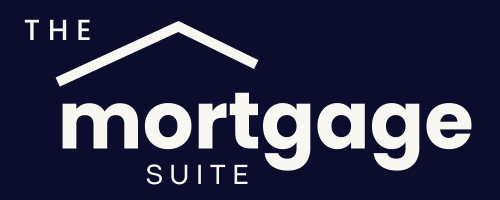Investment loans
Sliding into your second property? Adding to your self-managed fund? Looking at your cash flow or capital growth? Whatever your next step, we’re here to help remove the hurdles.
Get Started
The process
Whether it’s your first time or you’ve done this before, get familiar with the ins and outs of investment borrowing.
Say hello
Your next investment starts by taking one minute to answer a few questions right here. After that, we’ll meet to discuss your goals, either in person or online.
The hunt begins
To find the most suitable lenders, we’ll explore your options and borrowing power. An existing property can be used as equity, meaning you may not need as much deposit as you first thought.
Down to business
Found a lender? Great. We’ll handle the paperwork to prepare, sign, and lodge your documents.
The go ahead
Once pre-approved, your borrowing power will be clear. Now you can make an offer on your next investment.
The hard yards
You’ve made your move and secured a property; all that’s left is the paperwork, which you can leave to us. We’ll work hard to ensure your property is accepted by the lender. Grab a sharpie, because a settlement date will soon be set.
It doesn’t get bigger than this
It’s settlement time! We’ll coordinate with your solicitor or conveyancer and the lender to meet the contract date. Once settlement happens, pop the champagne — you’ve just won the property game.
Loan types and features
There are many loan types available — variable rates, fixed rates, packaged loans, and more. Scroll through the options below to understand the differences. We’re here to answer your questions when you’re ready.
Investment strategies
Let's make the complicated, uncomplicated. An investment strategy is simply how you want to grow your money. Still not crystal clear?
Get in touch
Rentvesting
The freedom of renting meets the stability of owning. Rentvesting is popular for first-time investors. Basically, you rent where you want to live while owning an investment property elsewhere.
Use your home to buy another
If you already own a home, you can use its equity to boost your deposit. Remember, equity isn’t free money — accessing it will increase your loan balance and repayments.
Positive and negative gearing
What’s the difference, and which suits your investment?
Positive gearing means your rental income is MORE than the costs of owning and managing the property (loan repayments, interest, maintenance, management fees, etc). Your property supports your finances. You’ll pay tax on any extra income earned.
Negative gearing means your rental income is LESS than the costs, so you cover the difference. You can claim tax deductions on expenses related to your investment property. Over time, capital growth may outweigh those expenses.
Each has pros and cons, so it’s important to get advice on which fits your situation best.


